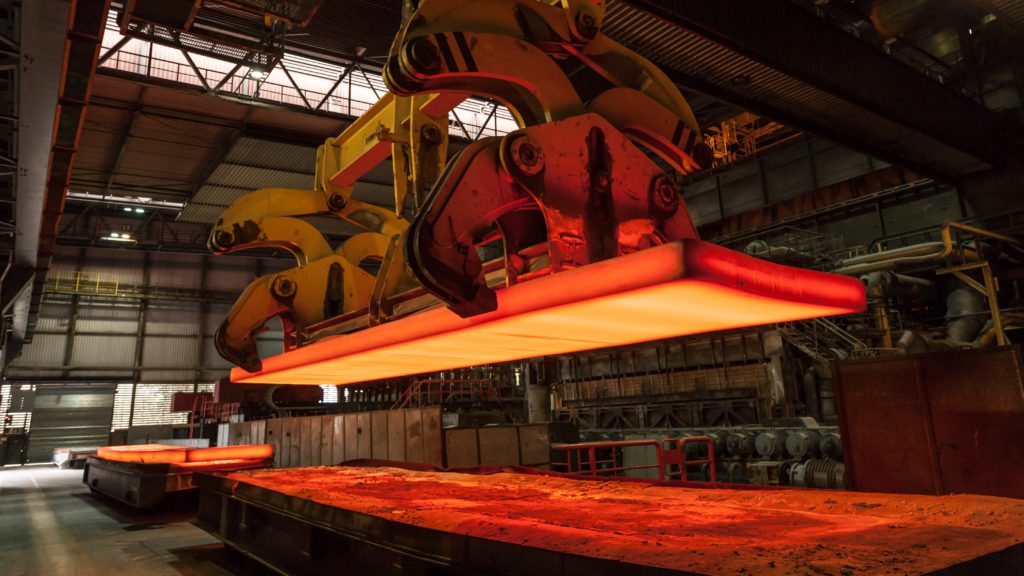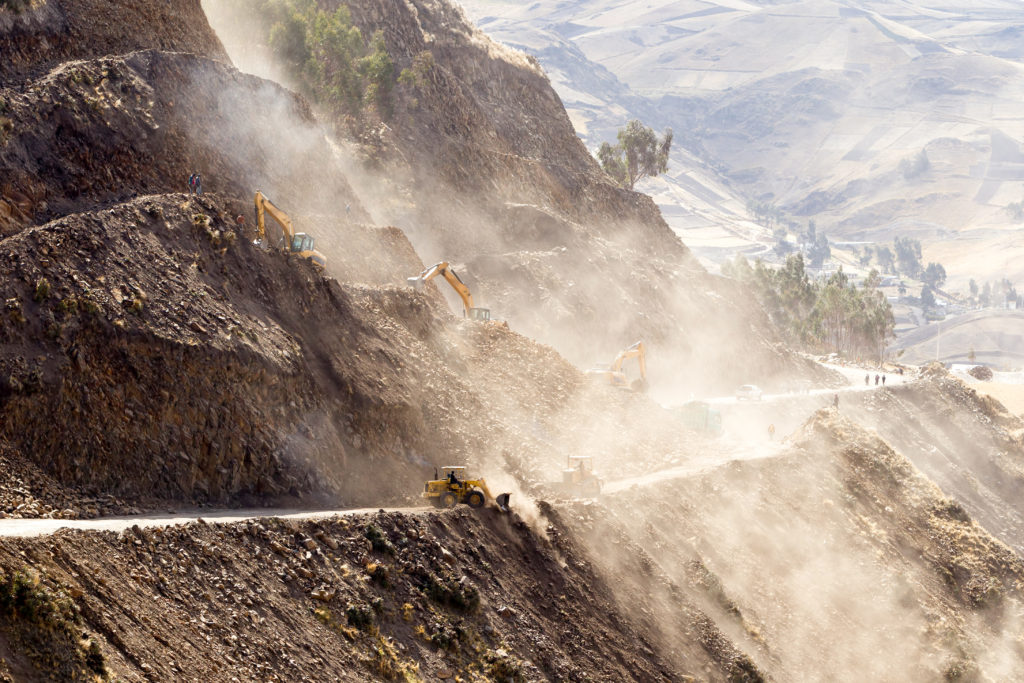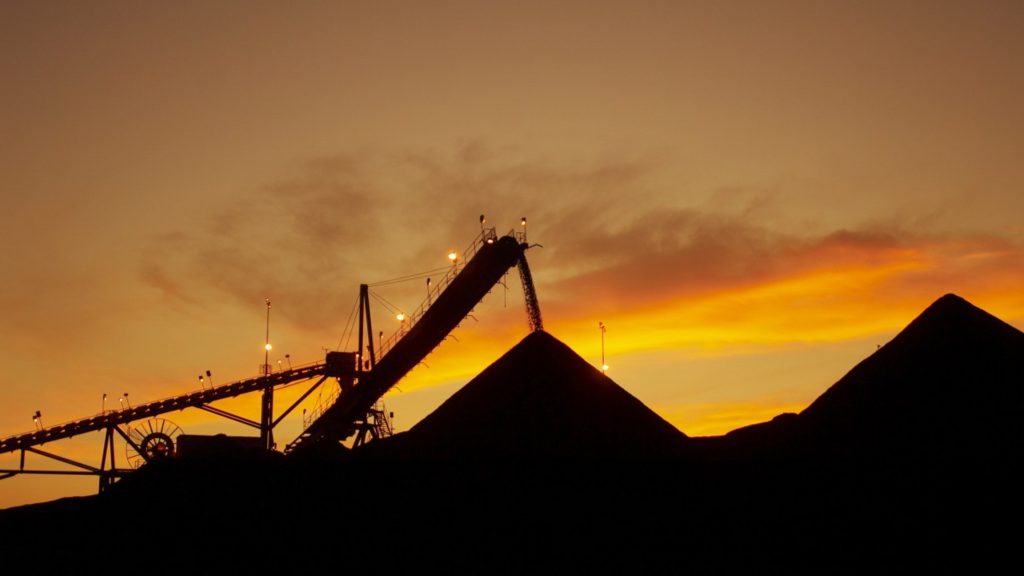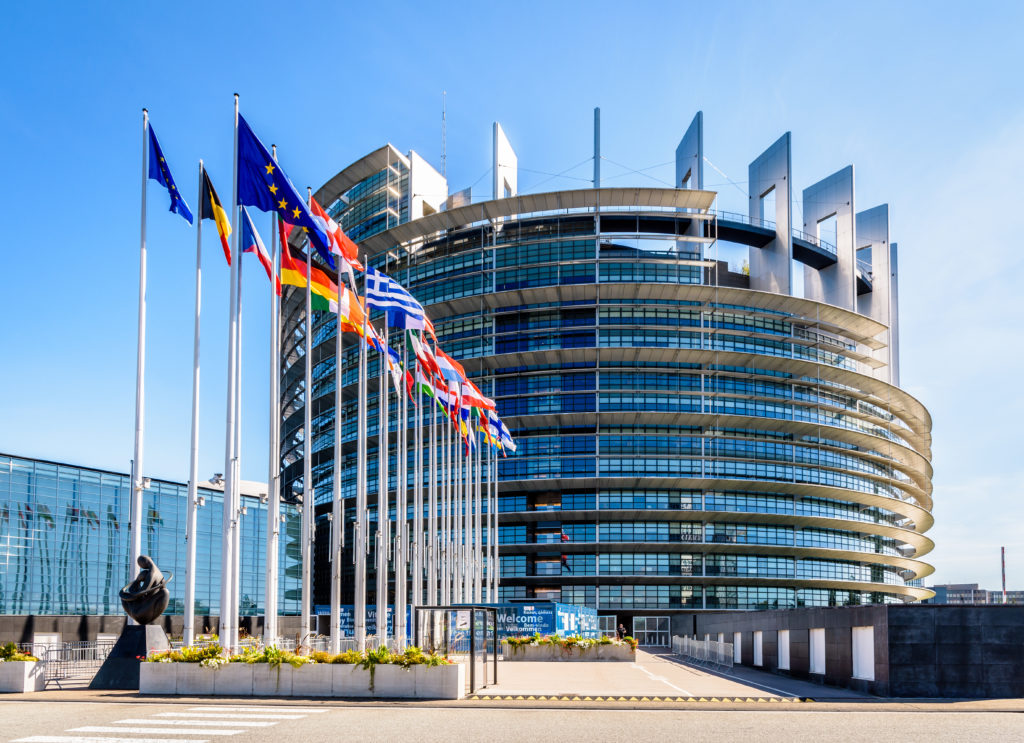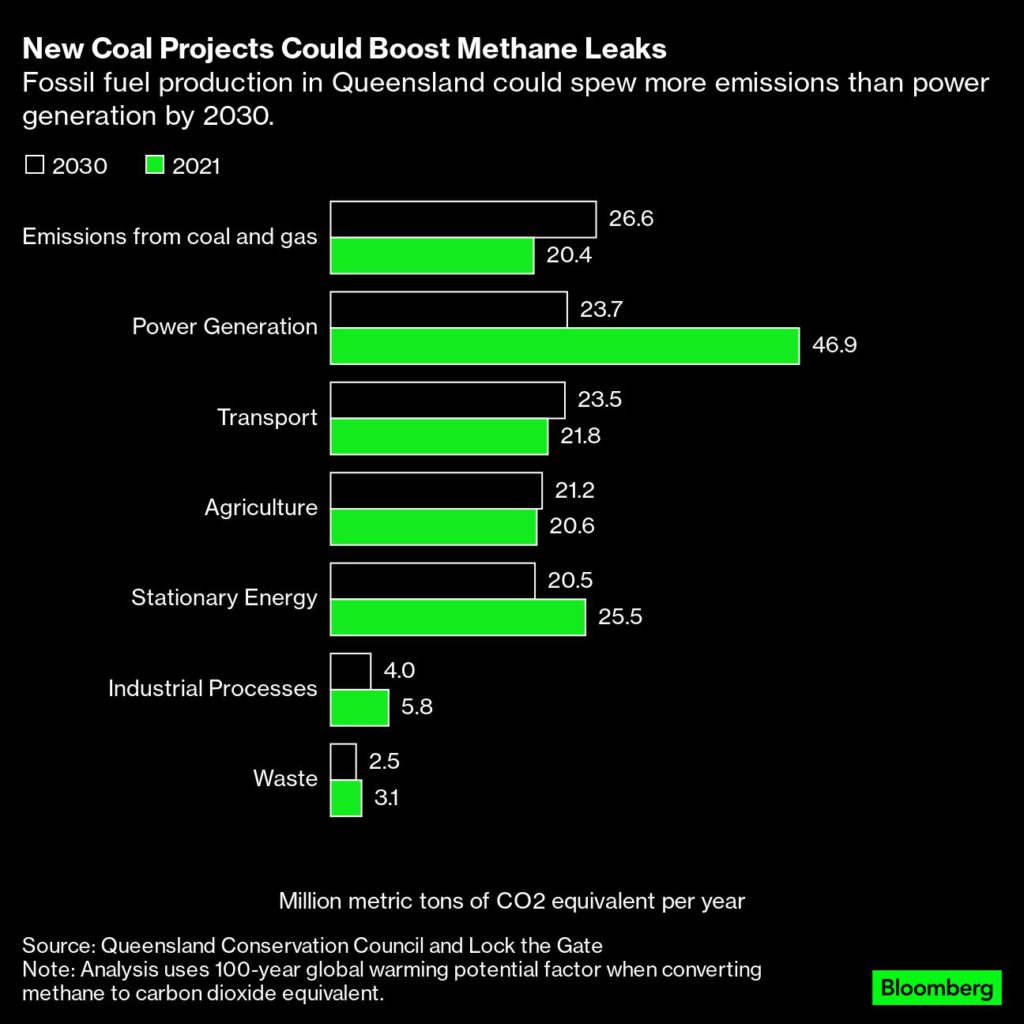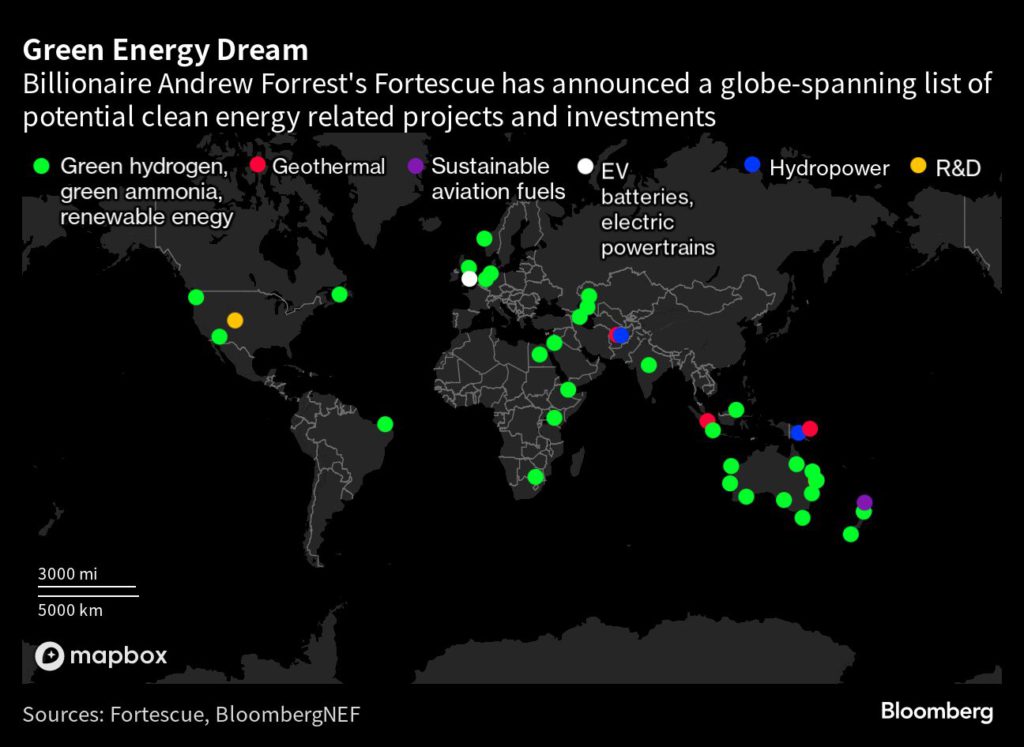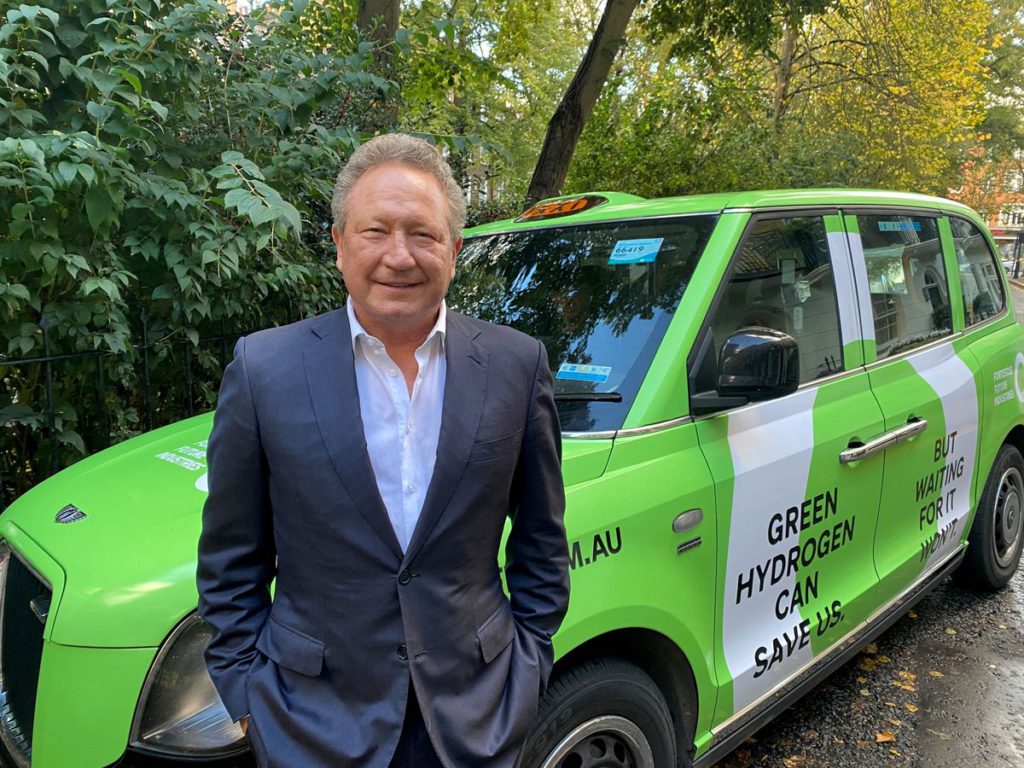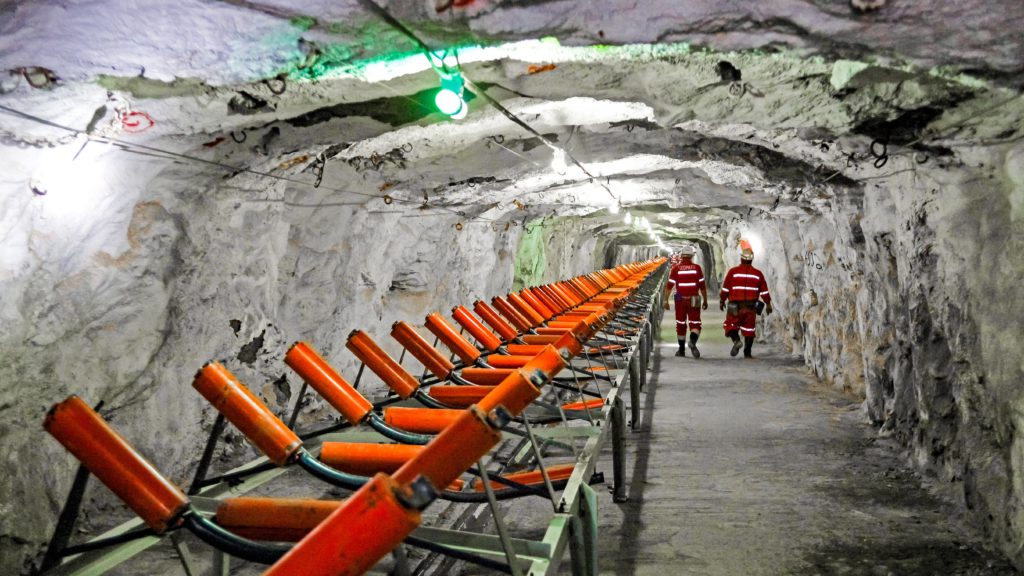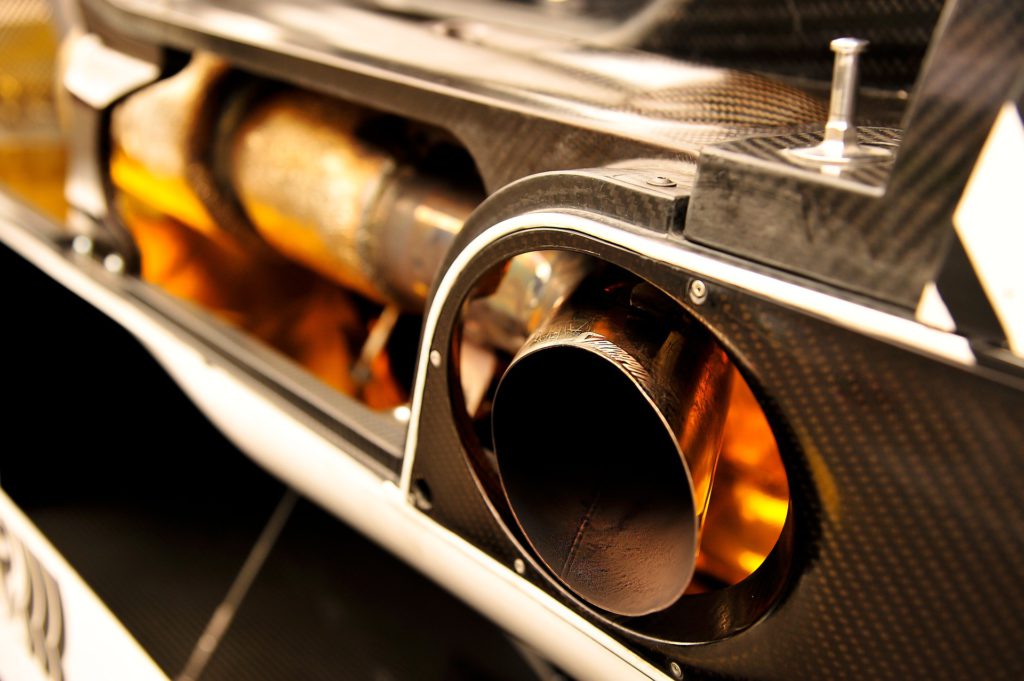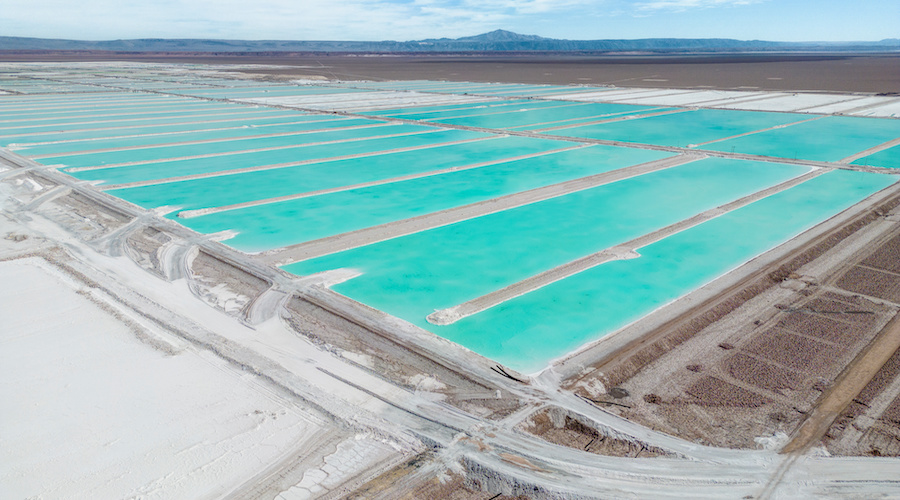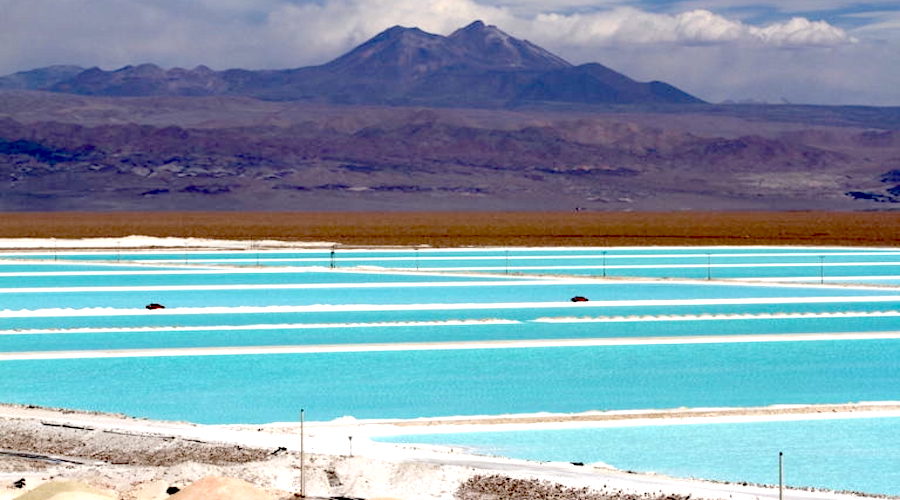Column: China’s zinc import surge a sign of renewed optimism
Reuters | September 7, 2023 |

Credit: Zinc China.
China has rediscovered its appetite for imports of refined zinc after a prolonged absence from the international market.

The country took in 76,800 metric tons of metal in July, the highest monthly tally since April 2019.
China has stepped up domestic output of refined zinc this year, but the Shanghai market continues to be plagued by low inventory and tight time-spreads.
The Shanghai Futures Exchange (ShFE) zinc price is outperforming the London Metal Exchange (LME) price , opening an arbitrage import window through which increasing amounts of metal are now flowing.
This is part and parcel of a broader trend in the base metals sector. Sentiment is improving in China as local traders bet on more policy support for the property sector, while Western spirits remain damped by weak manufacturing activity.China’s imports, exports and net trade in refined zinc
Return to the import market
China was a consistent net importer of refined zinc over the last decade, but that changed in 2022.
Imports crashed from 434,000 tons in 2021 to just 79,000 last year. Exports, by contrast, mushroomed from 5,000 to 81,000 tons, meaning the country was a net exporter for the first time since 2007.
The tectonic shift in trade patterns was due to a combination of weak domestic demand and high physical premiums in Western markets hit by Covid-19 disruption and smelter closures in Europe.
China last year shipped zinc as far as Turkey and the US. Shipments of 3,300 tons to the US market were modest, but they were the first exports to the country since 2006.
Exports have all but evaporated so far this year, totalling just 5,000 tons in the first seven months.
Physical premiums in the West have significantly softened this year thanks to a partial recovery in European smelter output and weak demand.
Fastmarkets’ assessment of the premium for duty-paid metal in Antwerp has slid from a 2022 high of $525 per ton over LME cash to a current $300.
Now it is China that appears to be short of zinc.

Shanghai zinc stocks seasonal patterns over 2020-2023
Low inventory
ShFE registered stocks stand at a modest 43,181 tons. There was the usual seasonal rebuild around the lunar new year holiday period, but the March peak at just under 124,000 tons was well shy of last year’s April high of 179,000.
Low inventory has generated persistent tightness along the front part of the Shanghai forward curve. Cash has commanded a premium over forward months for most of the last year.
Off-market stocks, or “social inventory” as the Chinese call them, amounted to 81,500 tons across seven cities as of Aug. 25, according to local data provider Shanghai Metal Market (SMM).
That was down by 17,800 tons on the previous week, SMM attributing the drop to dip-buyers snapping up available metal.
Total visible and semi-visible zinc inventory in China is currently less than the amount sitting in the London Metal Exchange warehouse system, which currently holds 145,175 tons.
Mind you, the surge of metal into LME warehouses over early August looks set to go into reverse, with 64,000 tons of zinc cancelled in preparation for physical load-out over the last two weeks.
With LME stocks almost exclusively located in Singapore, Malaysia’s Port Klang and the Taiwanese port of Kaohsiung, it is quite possible this metal is destined for shipment to China to capitalize on the open arbitrage.
Chinese optimism
China’s physical need for more zinc is surprising, given the country’s smelters have boosted output this year after power-rationing and curtailments in 2022.
Cumulative national output was 3.78 million tons in the first seven months of this year, representing a year-on-year growth rate of almost 10%, according to SMM.
However, high premiums in the north of the country have sucked zinc out of Shanghai and the province of Guangdong, it said.
The entire mainland zinc supply chain is also restocking in anticipation of what is deemed to be a seasonal peak for construction activity.
Sentiment, however, holds the real key to the Shanghai premium.
The ShFE outright zinc price has been rallying since the middle of August, hitting its highest level since April on Thursday.
It’s not the only metal enjoying a tailwind from China’s accumulating policy measures to stimulate a struggling economy, particularly the troubled property sector.
The entire ShFE base metals complex has been outperforming the LME complex, according to analysts at Citi. (“Metal Matters”, Sept. 5, 2023)
Most Shanghai metals, like zinc, are in backwardation, creating a Chinese cash premium. A profitable physical import arbitrage is open across almost all the base metals, the bank notes.
Citi expects imports to have increased in August with the potential for more strength in the closing months of the year.
That will depend on forward premium structures in both Shanghai and London, which in turn hang on whether all the optimism about a recovery in China’s troubled property sector is justified.
The country’s trade in refined zinc may prove a useful mirror on that question over the next few months.
(The opinions expressed here are those of the author, Andy Home, a columnist for Reuters.)
(Editing by Jan Harvey)
